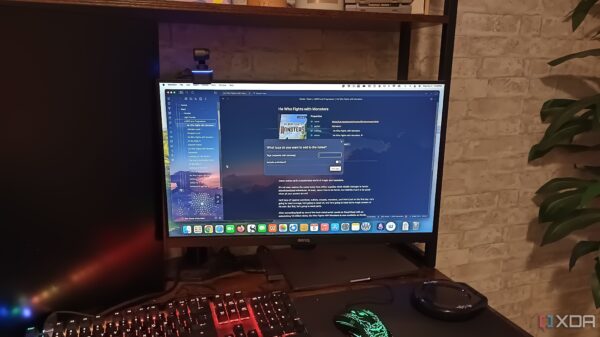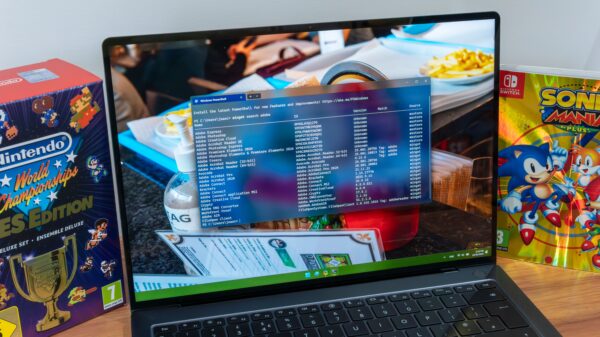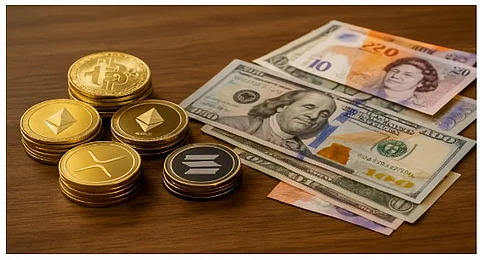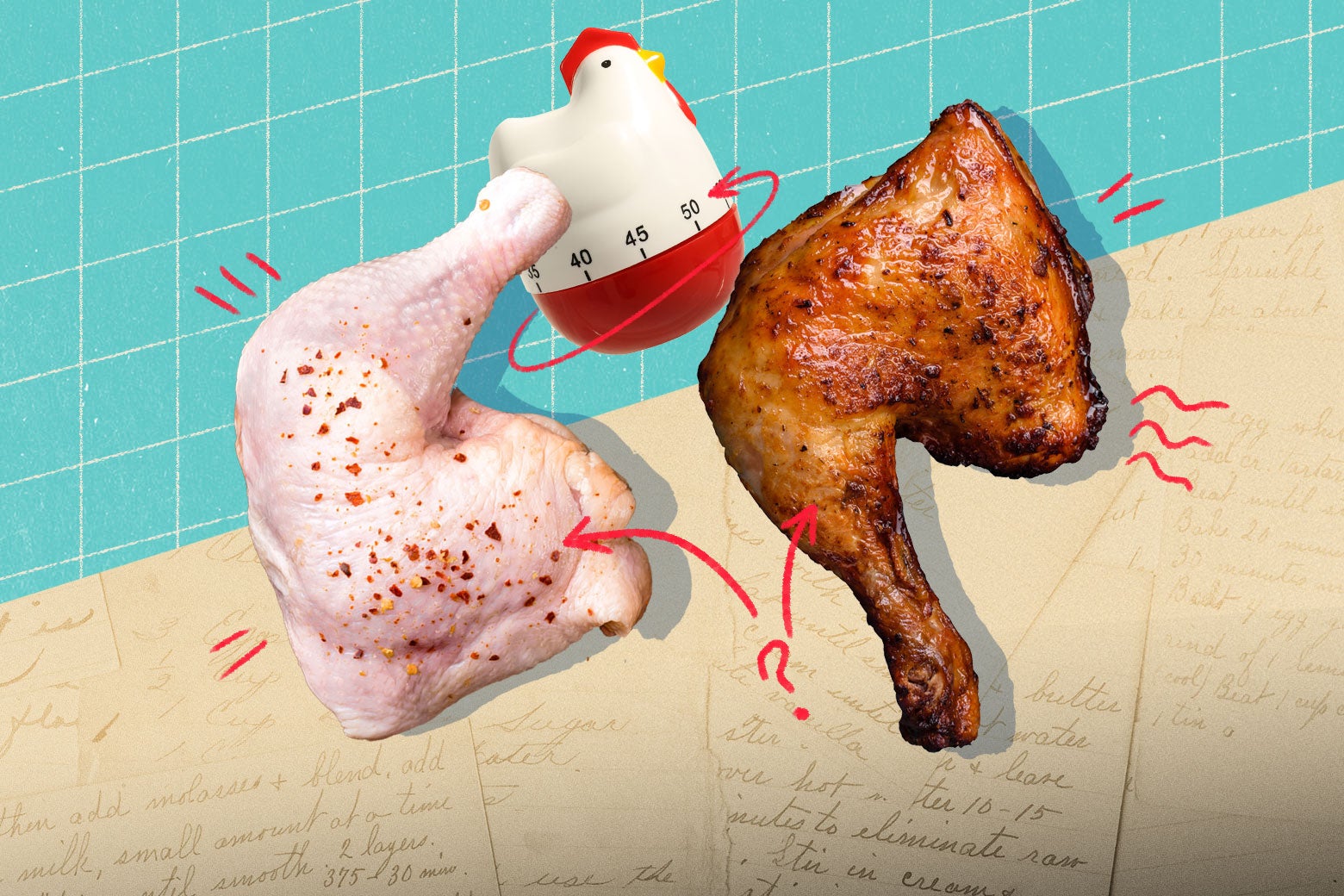UPDATE: A shocking investigation into crispy chicken recipes has just revealed how many popular methods lead to disappointment, producing soggy and chewy results instead of the promised crunch. If you’ve been frustrated by underwhelming chicken dishes, this urgent news breaks down the problem and offers an effective solution.
Culinary experts are calling out the numerous recipes circulating online, including a widely viewed video of “Honey Garlic Chicken Thighs” that claims to deliver perfection. However, viewers are left horrified as the cook simmers chicken thighs in a sauce, leading to a soggy skin. Chef Eric Ripert from the renowned La Bernardin emphasizes that this method is fundamentally flawed, stating, “The heat comes from the bottom very slowly.”
This alarming trend isn’t just an isolated incident. Many recipes for skin-on chicken thighs are failing to achieve that coveted crispy texture. Instead, they often instruct cooks to submerge chicken in sauces, which results in a soggy disaster. As one frustrated home cook put it, “Wait a minute, this isn’t crispy at all.”
Experts reveal that the key to achieving truly crispy chicken lies in a little-known French technique called unilateral cooking. This method involves cooking the chicken skin-side down in a cold pan, allowing it to render its fat slowly without flipping. Chef Jacques Pépin applies this technique to produce beautifully textured chicken, while others, including chef and author Jesse Griffiths, emphasize the importance of dry skin for optimal crispiness.
For those eager to try this method, experts recommend starting preparation at least 48 hours in advance. Begin by patting the chicken dry and scoring the skin. Then, salt it and let it rest uncovered in the fridge for a day. This crucial step ensures the skin achieves a dry and tacky consistency, making it primed for frying.
The cooking process is straightforward yet requires patience. Place the chicken in a cold stainless-steel pan, turn the heat to low, and let it cook for 40-45 minutes. During this time, the skin will fry in its own fat, resulting in a golden and crunchy exterior. Finishing the chicken in a 350-degree oven for an additional 10 minutes ensures it cooks through without sacrificing texture.
This method, while time-consuming, offers a hands-off approach that allows home cooks to engage in other activities while the chicken cooks. Many chefs advocate for this technique, with Griffiths asserting, “I never sear the flesh side… only apply dry heat to chicken skin.”
However, this culinary revolution also comes with a warning: avoid adding moisture to your crispy chicken. Experts advise against pouring sauce directly over the chicken, as this will compromise the crispiness achieved through careful cooking.
As the world of cooking evolves, it’s clear that many recipes have led home cooks astray. The newfound understanding of unilateral cooking not only elevates the quality of chicken dishes but also empowers cooks to reclaim their kitchen confidence.
In a world where culinary shortcuts dominate, this critical update encourages everyone to embrace traditional cooking techniques for true flavor and texture. Try these expert-backed methods and share your results with fellow food enthusiasts!
Stay tuned for more urgent culinary updates as we continue to uncover the truth behind popular recipes.





































































